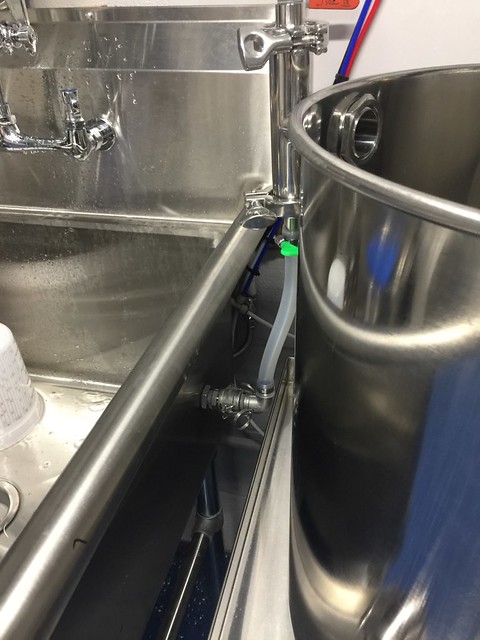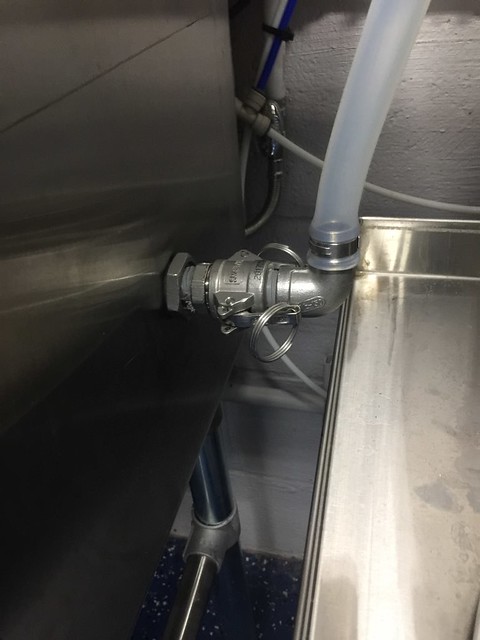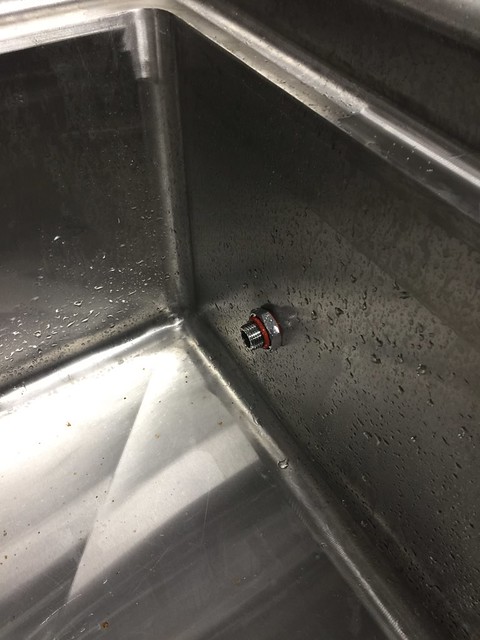Dockside_Brewing
Well-Known Member
- Joined
- Oct 29, 2017
- Messages
- 192
- Reaction score
- 86
For you guys wanting to use a hop spider with the condenser system, here is a link to my hop basket mod.......
https://www.homebrewtalk.com/forum/...o-from-co-brewing.575659/page-31#post-8177063
https://www.homebrewtalk.com/forum/...o-from-co-brewing.575659/page-31#post-8177063







